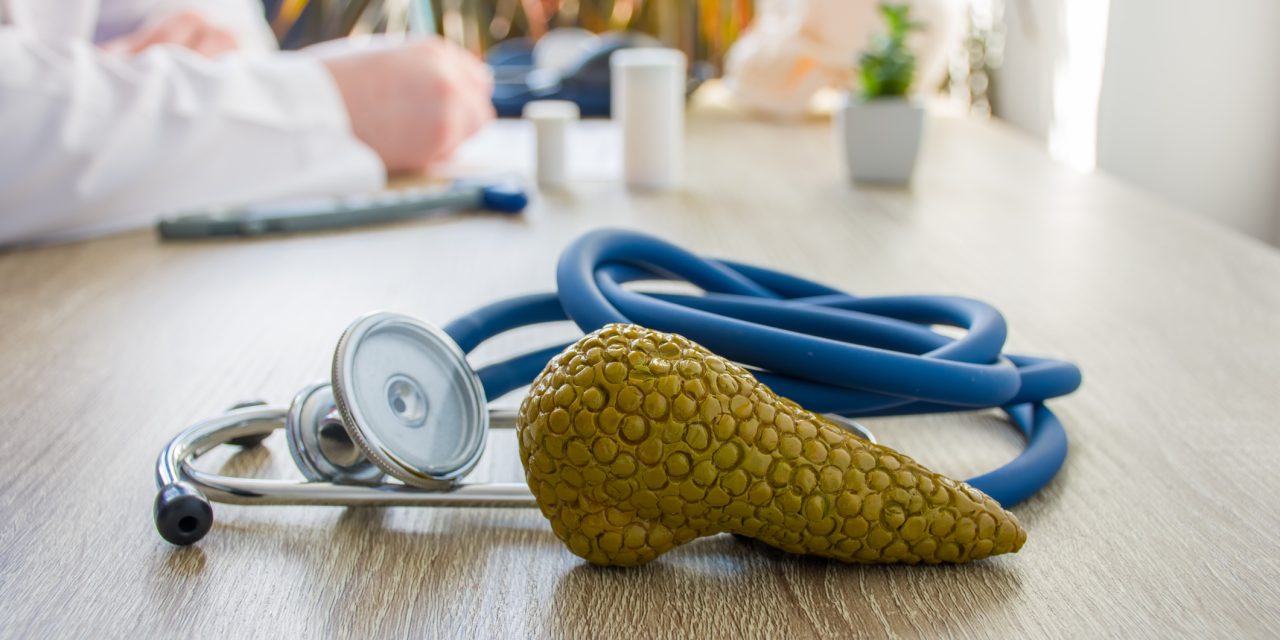Despite being rare, primary ovarian insufficiency (POI) is a significant cause of infertility and deficiency of ovarian hormone in women. Several health risks are also associated with POI, which include dry eye syndrome, reduced density of bones and enhanced fracture risks, troublesome menopausal symptoms, early development of cardiovascular disease, and psychological effects such as declined cognition, reduced perceived psychological support, anxiety, and depression. Replacing premenopausal levels of ovarian sex steroids through proper hormone replacement therapy could improve the quality of life for POI women and ameliorate related health risks. Herein, POI and its complications, in addition to hormone replacement therapies, which are safe and effective, are discussed. It is proposed that the use of HRT) Hormone replacement therapy (formulations which mimic normal production of ovarian hormones could reduce POI-associated morbidity rates if they are continued by the age 50, which is approximately the natural age of menopause. Particular populations of POI women are also addressed, which include those with enhanced risk of ovarian or breast cancer, those with Turner syndrome, those approaching natural menopause, and those who are breastfeeding. It is generally predicted that stem cell-based therapies would be both safe and effective. In fact, several types of cells have been described as safe, though their effectiveness and therapeutic application are yet to be defined. Several factors exist which could affect the results of treatment, such as cell handling, ex-vivo preparation strategies, variations in tissue of origin, potency, and immunocompatibility. Accordingly, cell types potentially effective in regenerative medicine could be recognized. Notably, products of MSCs from various sources of tissues show different levels of regenerative capabilities. The ultimate focus of the review is on adipose tissue-derive MCSs (ADMSCs), which possess exceptional features such as general availability, great ability to proliferate and differentiate, immunomodulatory capabilities, and low immunogenicity.Copyright © 2021 Elsevier B.V. All rights reserved.
Adipose-Derived Mesenchymal Stem Cells: A Promising Tool in the Treatment of pre mature ovarian failure.


